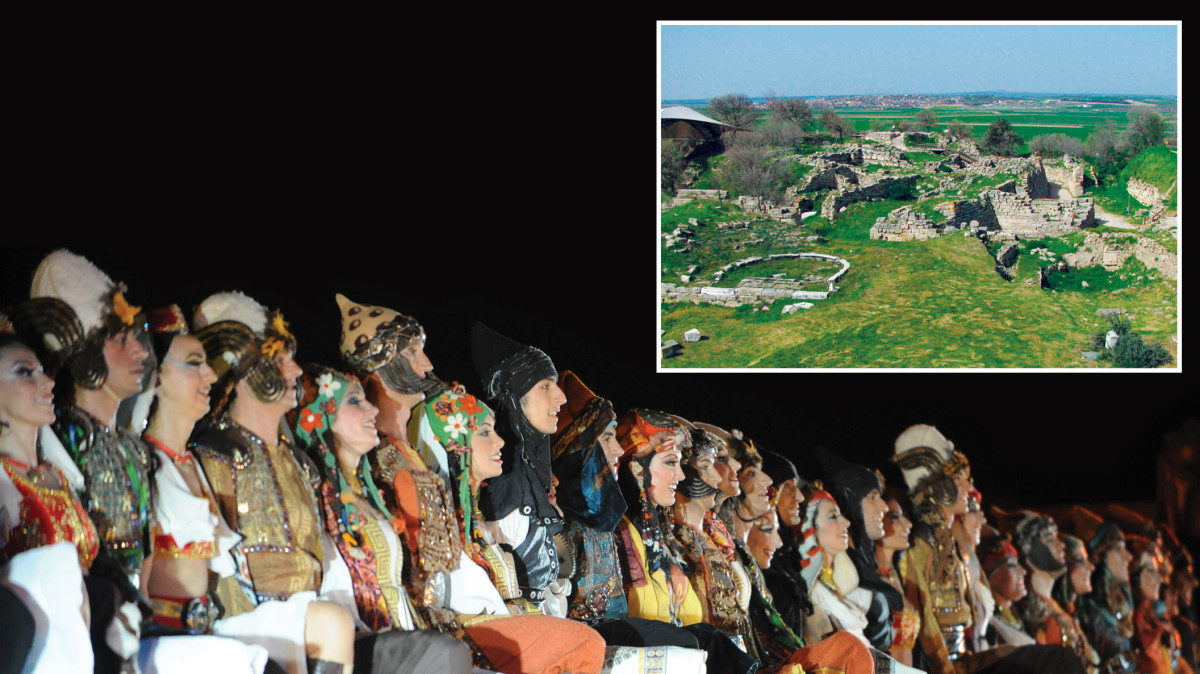
Troy Nowadays
- 91 Which country sends the most visitors to Troy?
- 92 When did Troy and the surrounding area become the History of Troy National Park?
- 93 Why was Troy put on the World Heritage List by UNESCO?
- 94 Who owns the Troy Historic National park and Troy today?
- 95 Is there a museum in Troy?
- 96 Why is it important for there to be museum in Troy?
- 97 Will treasures of Troy return to Troy?
- 98 What is the difference between tourism in Troy today and that of antiquity?
- 99 What is the Peace of Troy?
- 100 What should the future of Troy?
- 101 What will Troy contribute to the cultural history of the world from now on?